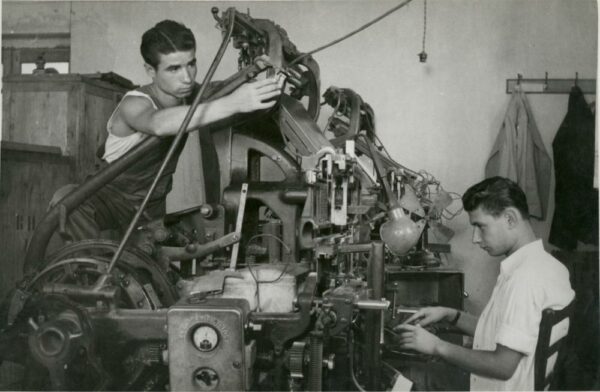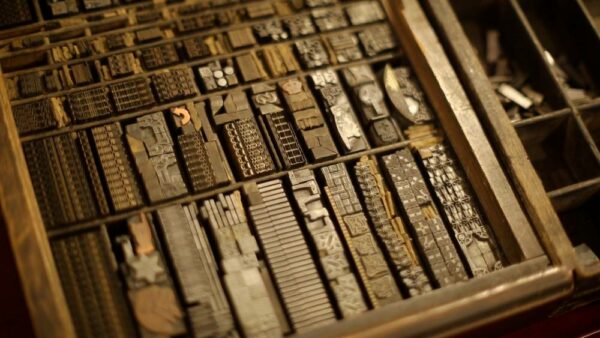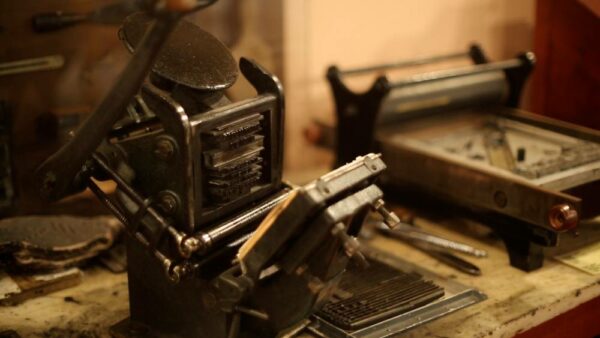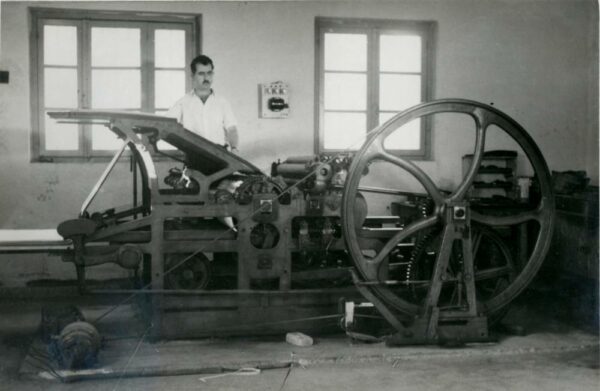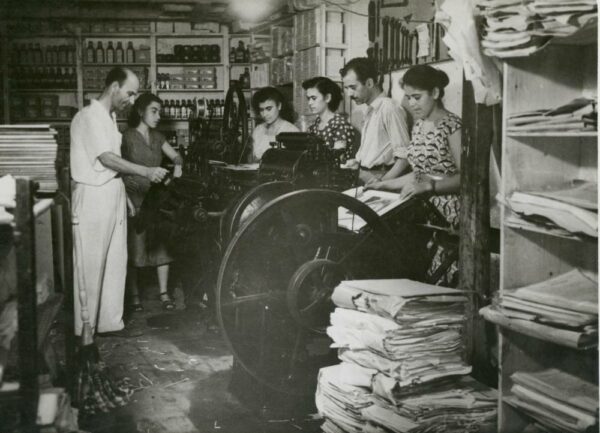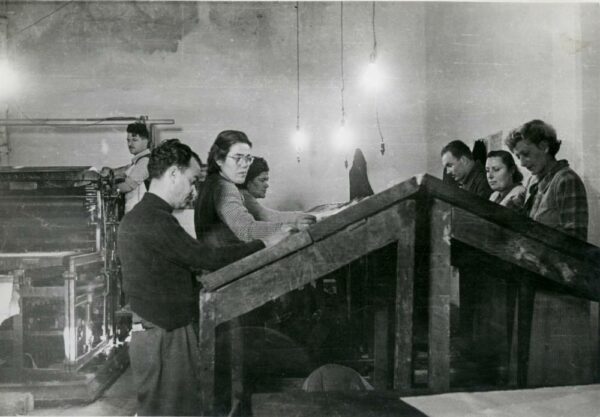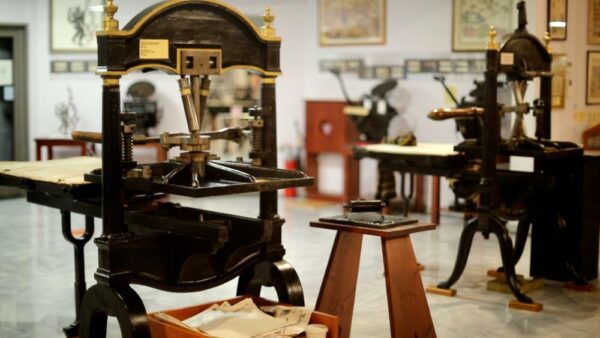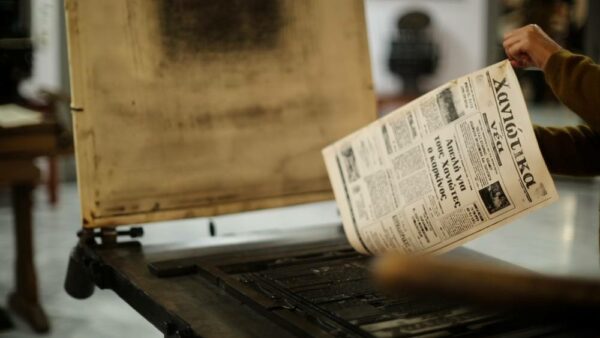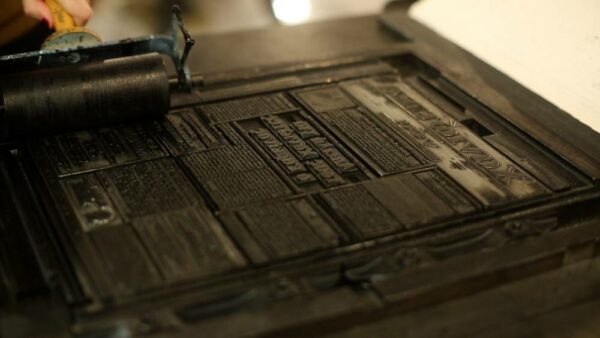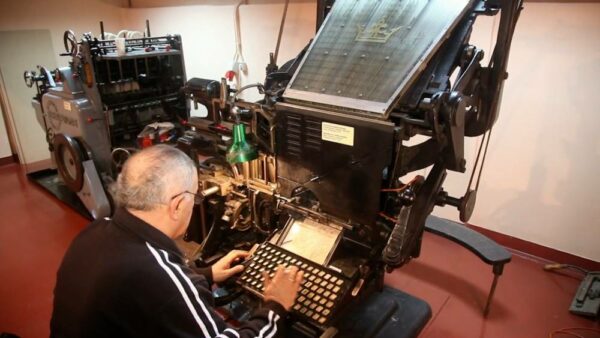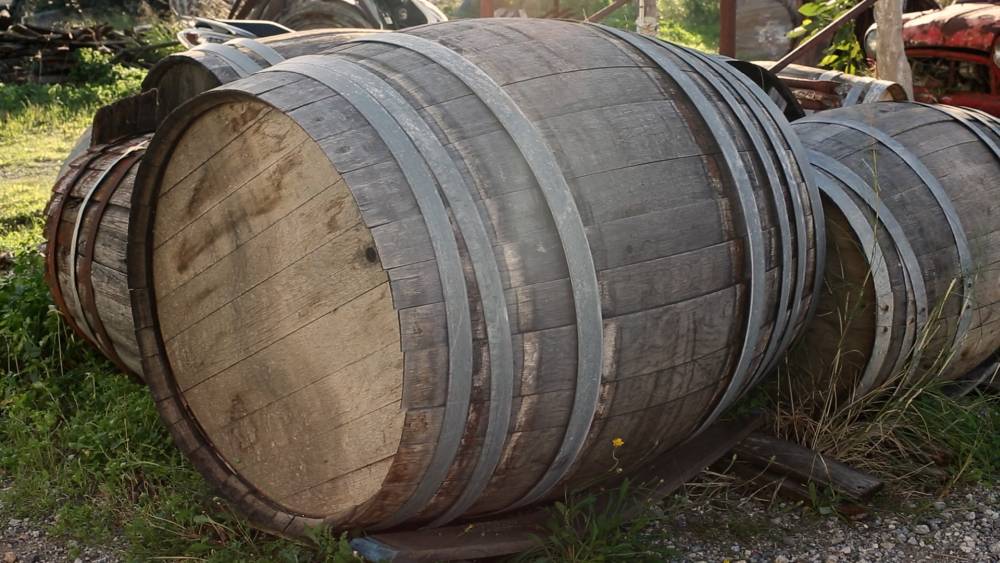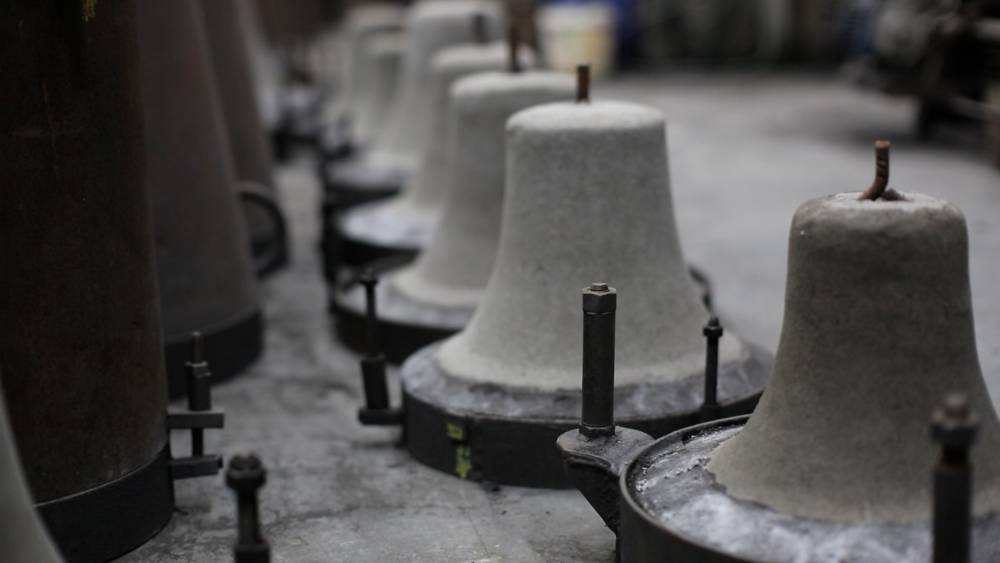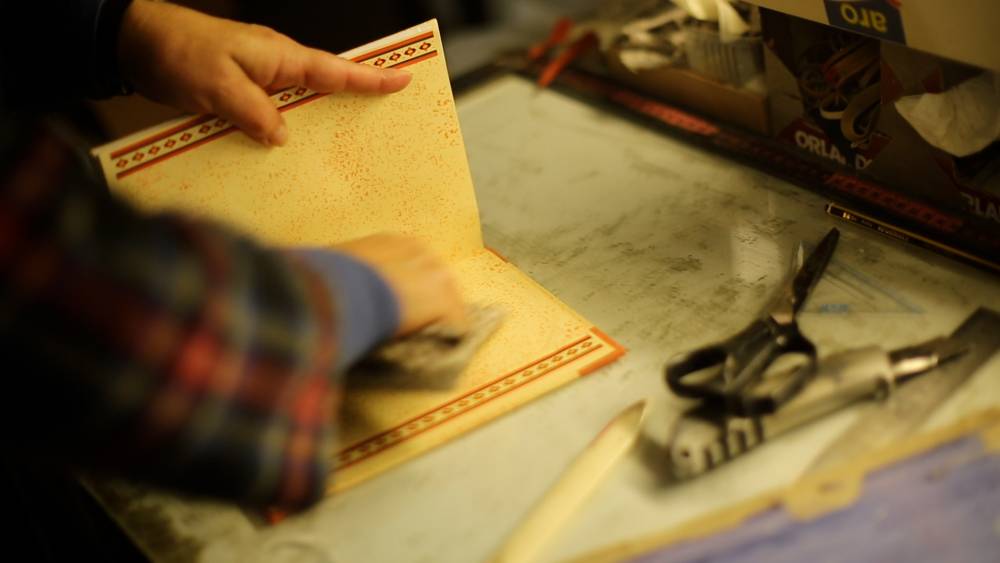Description
The art of typography determined the course of humanity. The reproduction and dissemination of printed texts became easier. Its contribution has been decisive in Greece as well, despite the fact that it came late due to the Ottoman occupation. Greek printers excelled in Constantinople and Venice. In Crete in 1831, typography made its appearance with the printing by the Egyptians of the newspaper Vakayi Giridiye. At the same time, some revolutionary newspapers appeared, which were published during the Cretan revolutions. In 1878, with the treaty of Halepa, printing was officially allowed.
The typographer first had to type the text by selecting from wooden boxes, one by one the typographic elements – letters and numbers, which he placed in the correct sequence and order in special cases called “pagers” in order to compose the text. Formerly the typographic elements were wooden. Later they were replaced by metallic ones that were more durable. This was followed by printing with the help of a printing press. The typographic elements with the help of a mechanism were covered with ink and then with the help of another mechanism these elements were pressed on paper, thus leaving their imprint. As technology developed, the time-consuming process of selecting the typographic elements was simplified, due to the appearance of linotype machines. In the 1980s manual and mechanical printing began to be abandoned. Today typography is electronic. Modern digital technology bypasses the traditional press, but the press in reality can not be replaced, nor its essence, as a piece of history.

